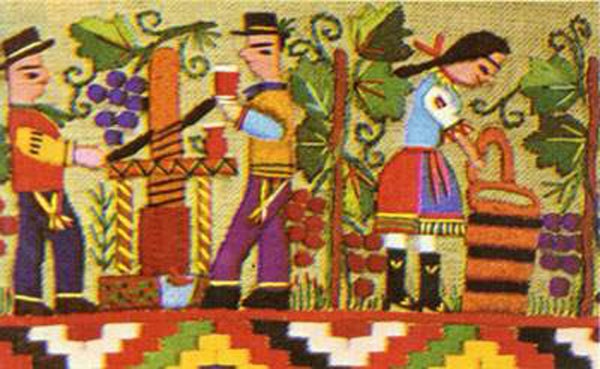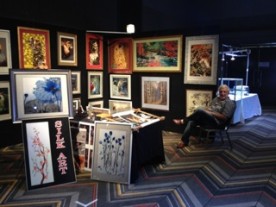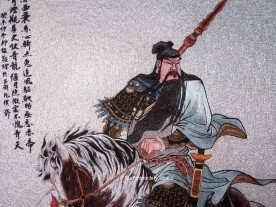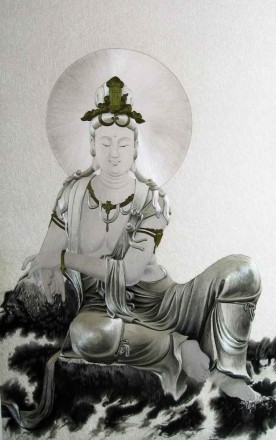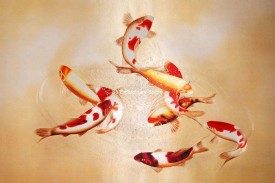Embroidery holds a special place in the heart of Slovak folk culture, representing a profound and cherished part of their heritage. The richness of motifs, combined with a vast array of compositions and color schemes, is a testament to the immense talent and unique cultural identity of the Slovak people. Over the years, traditional Slovak embroidery has captivated the attention of countless foreign visitors and has even served as a form of "political agitation" during Slovakia's struggle for state sovereignty and independence.
The quality of Slovak embroidery, as it is known from the early 19th century, signifies the prelude to a "Golden Era" for this folk art form. However, it's important to note that this period of artistic expression was preceded by centuries of gradual development. Embroidery evolved from functional stitching and edge trimming of textiles into a true form of art. The fact that clothing was primarily handmade meant that needlework was a crucial and essential skill for women in the past, much like cooking or other domestic tasks.
Buy Chinese Silk Embroidery Online
In the early Medieval Period, intricate embroidery was primarily reserved for ceremonial textiles. Portraits and epitaphs dating back to the 16th century provide evidence of embroidery playing a significant role in the clothing of merchants and nobility. While there is limited historical evidence regarding the development of folk embroidery from this period, official written documents mention donations of embroidered textiles made by village women to churches. In some regions of Slovakia, the home production of embroidery for sale can be traced back to the 16th century. The most common form was embroidered pieces that were inserted into homemade linen fabric, creating embellishments for sheets, tablecloths, and towels. Zilina was considered a major center for this craft during that time.
Starting from the 16th century, originally "cosmopolitan" motifs began to acquire distinct Slovak characteristics. Western motifs were blended with oriental ones, influenced in part by Turkish expansion and trade contacts with Turkish and Greek merchants. The characteristic style of Slovak folk embroidery began to take shape in the 17th and 18th centuries, incorporating elements from various "schools" of design. Regional diversity began to flourish in the 19th century, allowing specific and unique decorations to emerge in different regions, sometimes giving rise to unparalleled ornaments unique to specific villages.
During the "Golden Era" of folk embroidery, needlework became a thriving trade and a significant source of income for various merchants and intermediaries. In some regions, particularly Western Slovakia, specialized ornament designers and embroidery artisans emerged. They were capable of meeting even the most complex orders from their often-demanding clientele.
Custom Portrait Embroidery from Photo
Embroidery techniques, which originally started with relatively simple stitches, evolved over time into a rich tapestry of techniques that are still treasured today. Embroidery that respected the structure of the fabric, particularly cross-stitch and other intricate stitches, found its place in decorating domestic linen fabrics. The pinnacle of skillfulness was represented by white embroidery with intricate embossing and sewn patches. Surprisingly, embroidery was also combined with applications on leather and fur.
In the 19th century, the first industrial workshops began to appear in certain Slovak regions. Regrettably, their influence on original folk embroidery was more negative than positive. Conversely, embroidery garnered the attention of national enlightenment patriots who played a pivotal role in establishing the first institutions dedicated to preserving folk traditions and cultural heritage.
by Su Embroidery Studio (SES), Suzhou China
SES is dedicated to Chinese Silk Embroidery Art and High-End Custom Embroidery
Find SES's embroidery work at Chinese Silk Embroidery for Sale.


